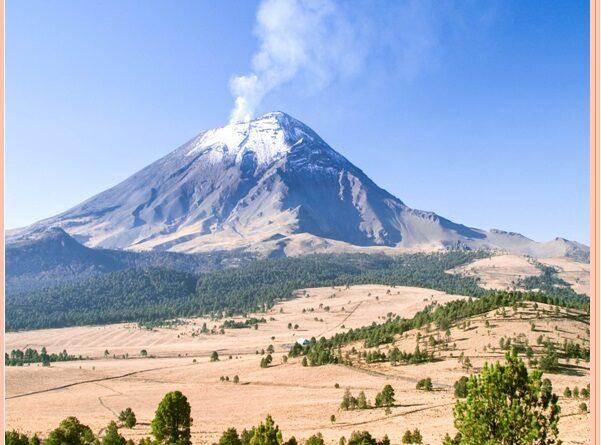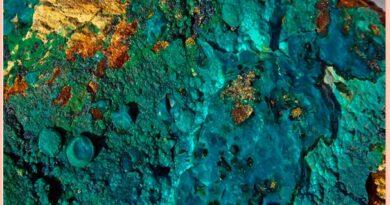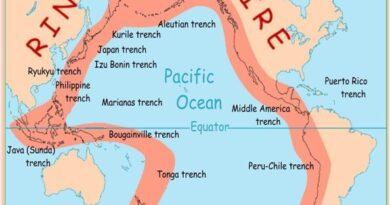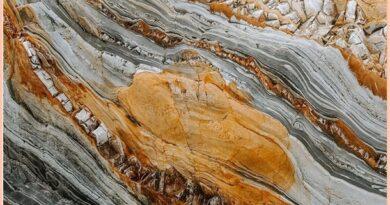Types of Volcanoes And its example
What is Volcano
A volcano is an opening in the earth’s crust or Moon through which lava, volcanic ash, and gases escape. Volcanic eruptions are partly driven by pressure from dissolved gas. Beneath a volcano in the mantle, liquid magma containing dissolved gases rises through cracks or fissures in the Earth’s crust. Lavas with low silica contents have low viscosities and flow freely, while lavas with high silica contents are more viscous so that any trapped gases cannot escape gradually.
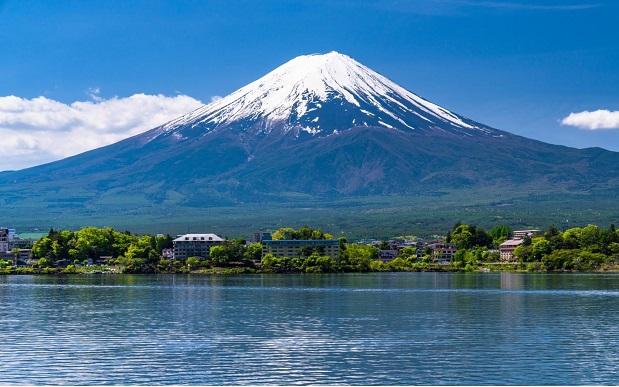
The viscosity of Magma and volcano
In volcanology Viscosity is important, An highly viscous magma tends to produce steep-sided volcanoes with slopes that are about 30–35°. It is because the viscous magma doesn’t flow that far from where it has erupted, so it builds up in layers forming a cone-shaped volcano. This type of Volcano is known as a Stratovolcano. Andesite (named after the Andes Mountains), is the most common rock type of stratovolcanoes, but stratovolcanoes also erupt a wide range of different rocks in different tectonic settings.
Shield volcanoes have gentle slopes that are less than 10° and erupt basaltic lava. When a shield volcano erupts, the basaltic magma flows great distances away from the vent to produce broad, gentle slopes. Mauna Kea and Mauna Loa are shield volcanoes. They are the world’s largest active volcanoes, rising over 9 km above the seafloor around the island of Hawai’i. Types of Volcanoes depend upon both types.
Type of volcanoes
geoscientists group volcanoes into four main types-Cinder cones, Composite volcanoes, Shield volcanoes, and Lava domes.
Cinder cones
Cinder cones are the simplest type of volcanoes. they have a bowl-shaped crater at the summit and steep sides. Cinder cones are built from particles and blobs of congealed lava ejected from a single vent. As the gaseous magma-charged lava is blown violently into the air, it solidifies and falls as cinders around the vent to form a circular or oval cone. The cinder cone is usually are created of eruptions from a single opening, unlike a strato-volcano or shield volcano which can erupt from many different openings. Cinder cones are found in western North America.
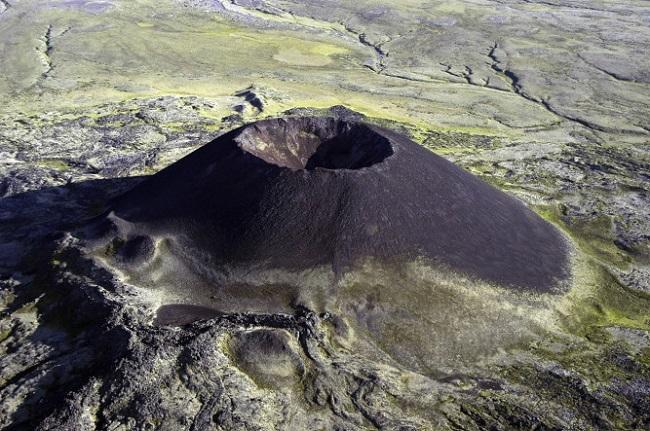
Composite volcanoes
Earth’s grandest mountains are composite volcanoes. Sometimes They are also known as stratovolcanoes. They have typically steep-sided, symmetrical cones of large dimensions. Composite volcanoes are built of many layers of lava flows, volcanic ash, cinders, blocks, and bombs and may rise as much as 8,000 feet above their bases. Some of the most conspicuous and beautiful mountains in the world are composite volcanoes, including Mount Fuji in Japan, Mount Cotopaxi in Ecuador, Mount Hood in Oregon, and Mount Rainier in Washington.

What type of magma typically comprises stratovolcanoes?
If you ask What type of lava forms stratovolcanoes, the answer is eruptions of andesite and dacite lavas that are cooler and more viscous than basalt is formed stratovolcanoes. These more viscous lavas allow gas pressures to build up to high levels, therefore these volcanoes often suffer explosive eruptions. Stratovolcano magma typically cools and hardens before spreading far, due to high viscosity. The magma forming this lava is often felsic, having high-to-intermediate levels of silica, with lesser amounts of less-viscous mafic magma. Strato volcanoes are usually about half lava and pyroclastic material, and the layering of these products gives them their other common name of composite volcanoes.
Shield Volcano
Shield volcanoes are built entirely of fluid lava flows. Flow after flow pours out in all directions from a central vent or group of vents. Shield volcanoes can be grown in very large sizes. In fact, the oldest continental regions of Earth may be the remains of ancient shield volcanoes. Shield volcanoes have a broad area with flat, rounded shapes. Shield volcanoes are built up slowly by thousands of highly fluid lava flows called basalt lava that spread widely over great distances, and then cool as thin, gently dipping sheets. They have low slopes and almost always have large craters at their summits. The Hawaiian volcano is an example of a common type of shield volcano. They are built by countless layers of lava that travel great distances from a central vent. Kilauea and Mauna Loa on the island of Hawaii, are two of the world’s most active volcanoes. Mauna Loa projects 13,677 feet above sea level, its top is over 28,000 feet above the deep ocean floor.
Also, read- Stages of Mineral Exploration and their techniques
Lava domes
Lava domes are formed by relatively small, bulbous masses of lava. In Actual, The viscous lava is not very fluid, and it cannot flow away from the vent easily when it is extruded. Due to this piles up on top of the vent forming a large, dome-shaped mass of material. As the dome grows, The outer surface cools and hardens, then shatters, spilling loose fragments down its sides. Volcanic domes or Lava Dome commonly occur within the craters or on the flanks of large composite volcanoes. The nearly circular Novarupta Dome that formed during the 1912 eruption of Katmai Volcano, Alaska, measures 800 feet across and 200 feet high. Mont Pelée in Martinique, Lesser Antilles, and Lassen Peak and Mono domes in California are examples of lava domes.
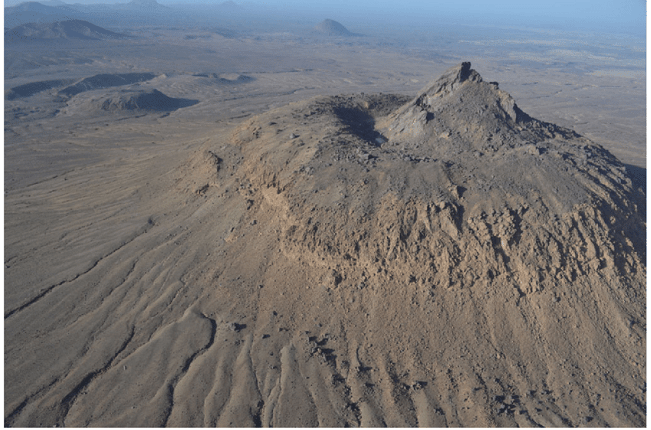
Other Types of Volcanoes
Fissure Volcano
Fissure volcanoes have no central crater at all. Instead, giant cracks open in the ground and expel vast quantities of lava. This lava spreads far and wide to form huge pools that can cover A large area of Ground. When these pools of lava cool and solidify, the surface remains mostly flat. The source cracks are usually buried, below the flow and there is often nothing “volcano-like”, see only a flat plain.
Caldera
Caldera is Formed due to the collapsing of the magma chamber. Magma is stored beneath a volcano in a magma chamber. When a very large, explosive eruption occurs that empties the magma chamber. Due to this roof of the magma chamber collapsed and form a depression or bowl with very steep walls on the surface. These calderas can be tens of miles across. Calderas can also be formed during an eruption that removes the summit of a single stratovolcano
